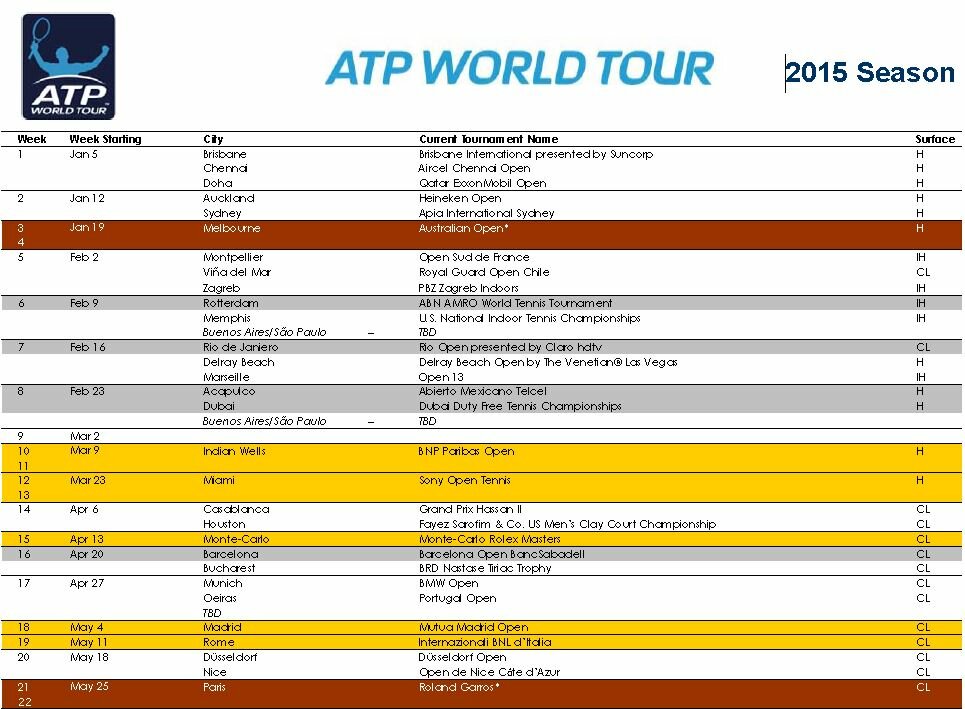 The goal area is formed by the goal-line, two lines starting on the goal-line 5.5 metres from the goalposts each of them extending a further 5.5 metres into the pitch from the goal-line, and the line that joins these later lines. The boundary lines are considered as a part of the goal area.
The goal area is formed by the goal-line, two lines starting on the goal-line 5.5 metres from the goalposts each of them extending a further 5.5 metres into the pitch from the goal-line, and the line that joins these later lines. The boundary lines are considered as a part of the goal area.
Goal kicks and any free kick by the defending team may be taken from anywhere in this area. However, an indirect free kick awarded to the attacking team within the goal area must be taken from the point on the line parallel to the goal line nearest where the foul took place and the defending team must, if willing to, form a barrier in the goal line. Therefore, indirect free kicks cannot be taken further within the goal-area. The same procedure is also applied when the referee decides that a drop ball is the way to restart the match.
This area also marks the ‘goalkeepers safe ground’, that is to say, the area where they cannot be touched by any opponent team players while attempting to catch the ball in the air. The Goalkeeper can nonetheless be disturbed (e.g. shoulder to shoulder contact) inside this area if he is with his feet on the ground and that does not prevent him to jump for the ball.
Inside the goal area it is located the ‘Goal’ which is placed at the centre of each goal-line. The Goal is formed by two upright posts placed equidistant from the corner flagposts, joined at the top by a horizontal crossbar. Posts and the crossbar must be white and may be of rectangular, round or elliptical shape. The inner edges of the posts must be 7.32 m apart, and the lower edge of the crossbar must be 2.44 metres above the ground.
Nets are usually attached to the posts and crossbar. However, as strange as it may seem, the laws of the game do not require their existence. In fact, Law 1 – the Field of Play – states that “nets may be attached to the goals and the ground behind the goal, provided that they are properly supported and do not interfere with the goalkeeper”.



